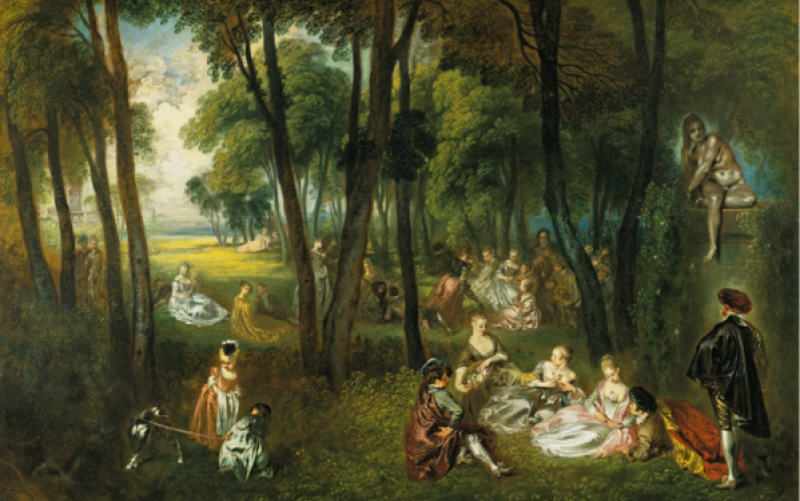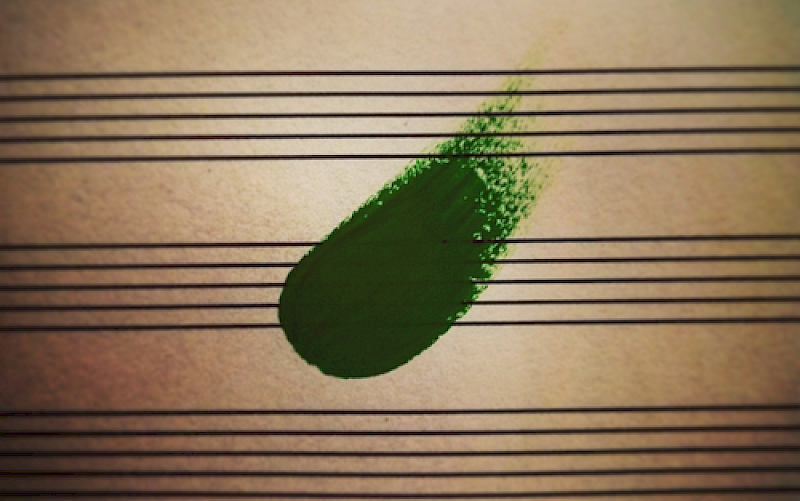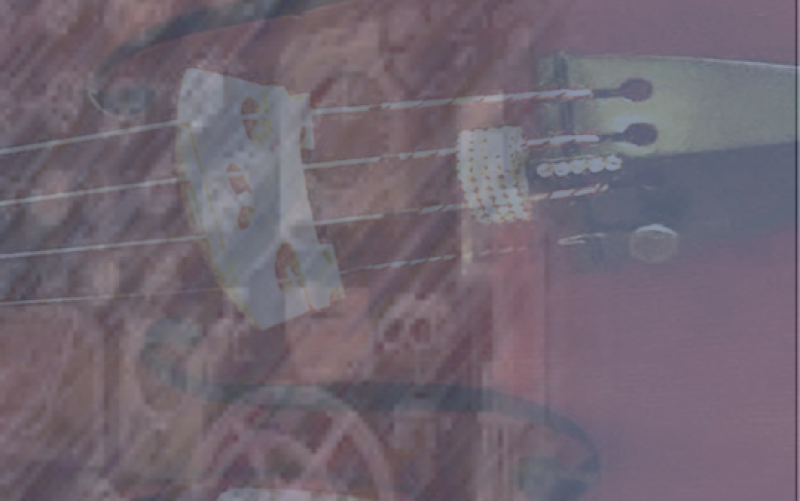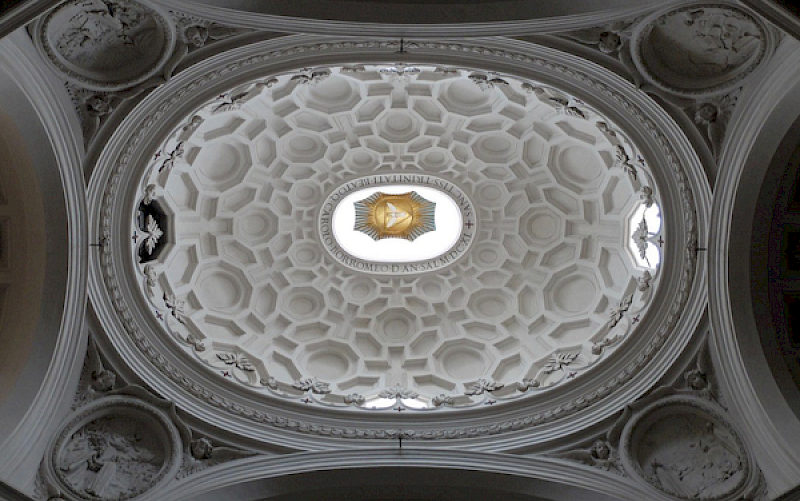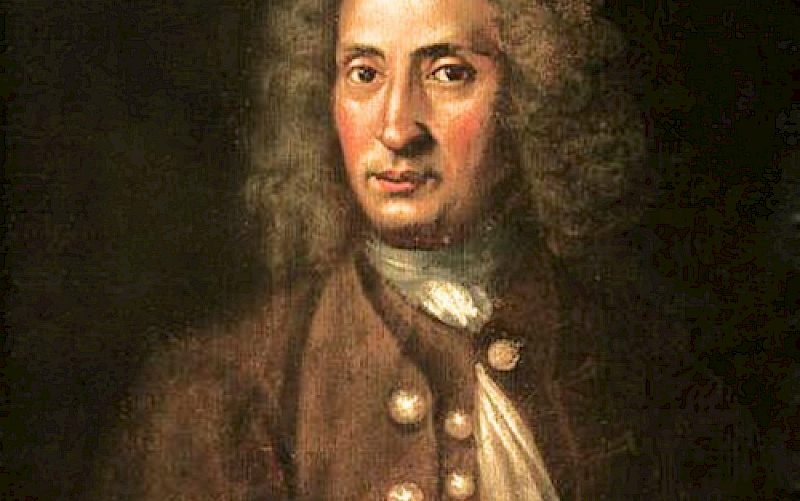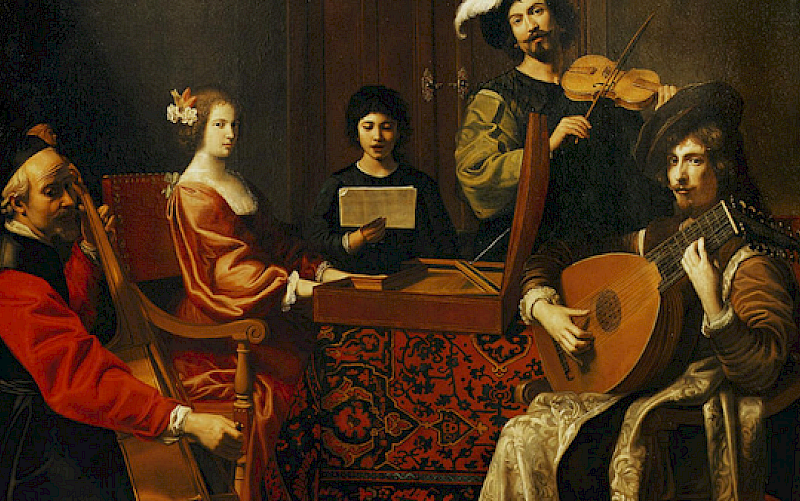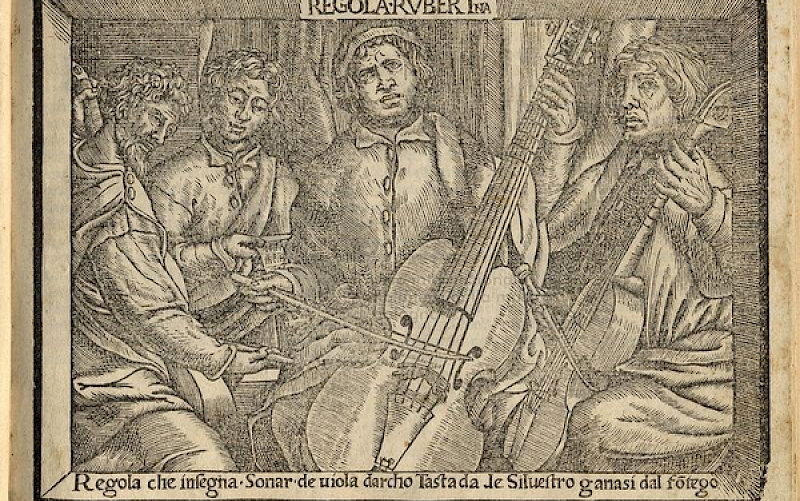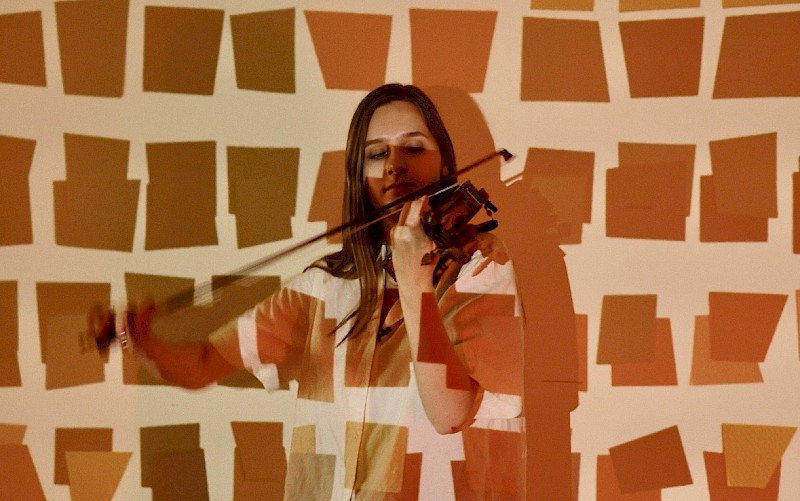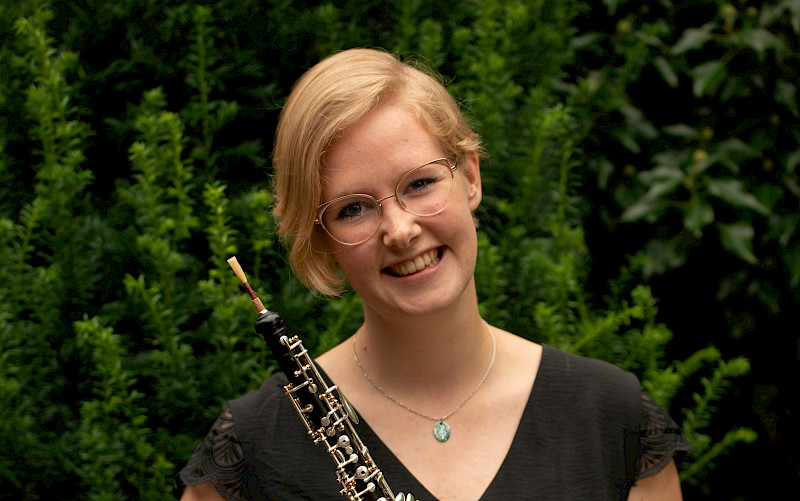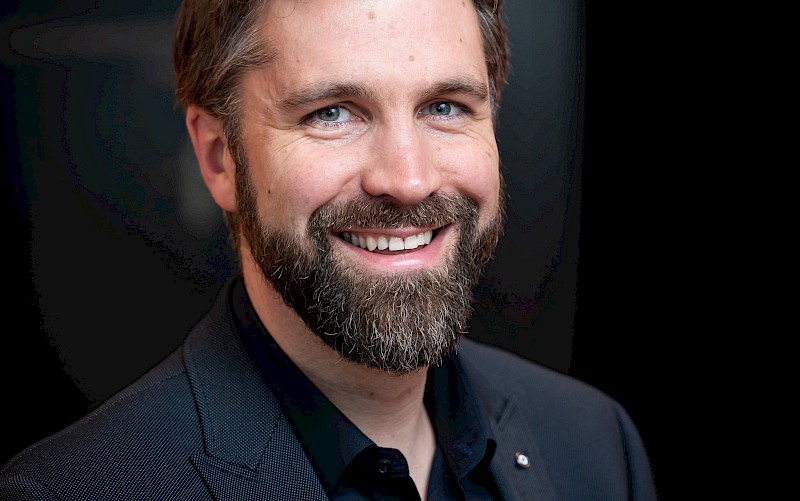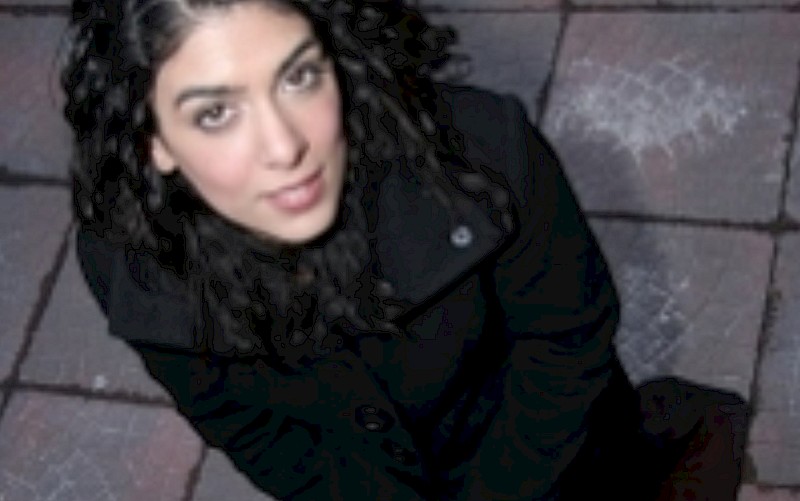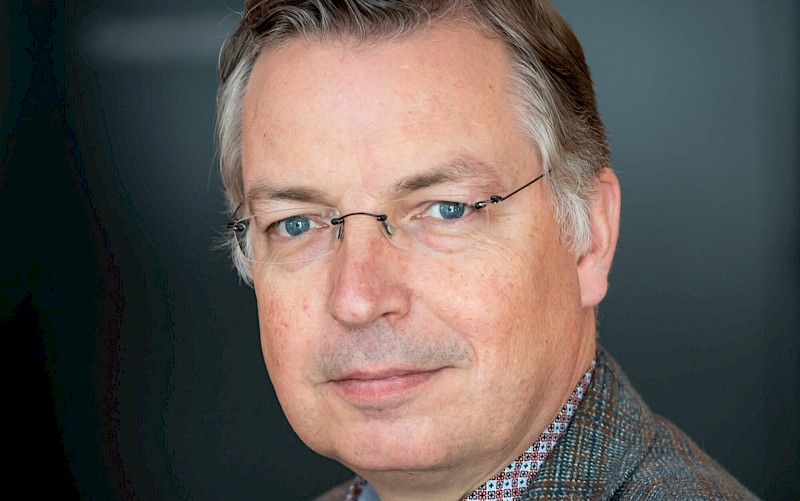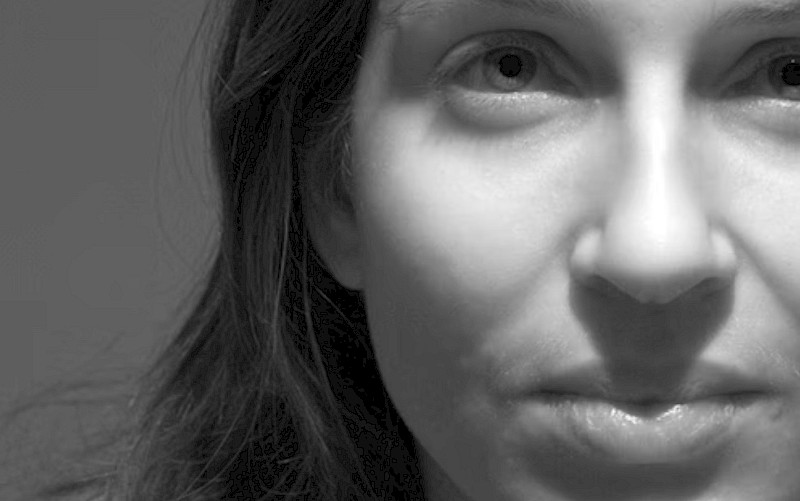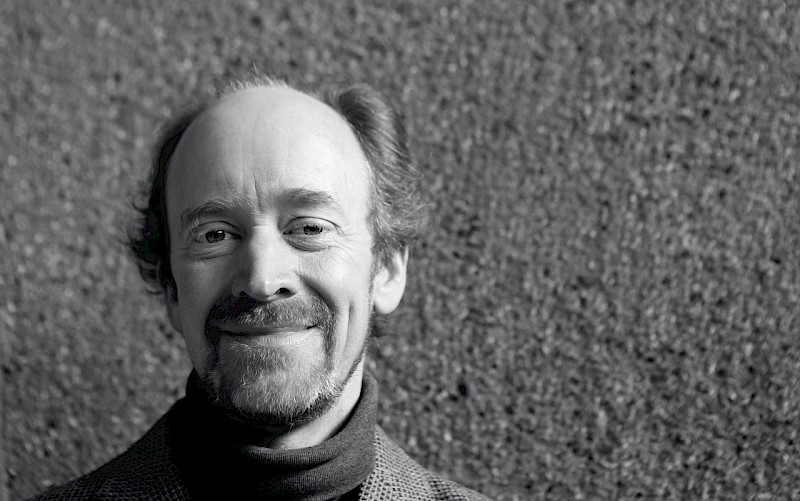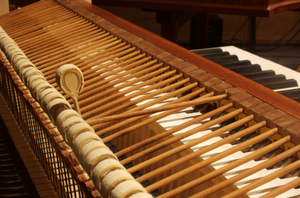
Forbidden Beauty: Performance Practice of un-notated arpeggio in fortepiano music in late 19th Century
Name: Mariko Goto Main Subject: Fortepiano Research Supervisor: Bert Mooiman Title of Research: Forbidden Beauty: Performance Practice of un-notated arpeggio in fortepiano music in late 19th Century Research Question: Is it appropriate to arpeggiate a chord when it is not notated, especially in romantic repertory in second half of 19th century? If we can do it, where and how can we add arpeggio? Summary of Results: Modern pianism is quite skeptical to the addition of an arpeggio that is not written in the score. Pianists in the same generation as I am also may have had such the experience of hearing that their teacher say, “Don’t play arpeggio when the composer doesn’t indicate it” or “Don’t break your right and left hand”. Such a strict attitude to the un-notated arpeggio originates from the tendency that the musicology (and musicians) in the late 20th century considered the intentions of composers as the most important thing, and they attributed it to the authentic score like manuscripts, or a first edition. In such a mood, it was not “authentic” to add un-notated arpeggios. Playing un-notated arpeggios was a symbol of over romanticism, and sloppy playing. But there is much evidence that composers themselves added arpeggios, even if they show a strict attitude to the un-notated arpeggio in their remarks. If we look at the treaties, we can see that the un-notated arpeggio has a long tradition from the Baroque and Classical period. It is not a symbol of over-romanticism in the late 19th century, but a tactical tool to express character and affect of pieces. From the remarks of treaties, and early recordings of first half of 20th century, we can see that the character and affect of a piece is a very important element to decide, whether we can use arpeggio or not. Especially in the slow, expressive pieces or sections of a pieces we have many opportunities to add arpeggio. If we consider the tradition and usefulness of un-notated arpeggio, we should feel free to use it, especially on historical keyboard instruments. Biography: Born in Tokyo, Mariko Goto started her modern piano studies in her earliest childhood. She encountered early music, namely fortepiano and cembalo, at Tokyo University of the Arts. After completing her Master degree of Musicology at said university for her musical rhetoric studies about improvisation in Haydn’s works, she devoted herself to the performance of these instruments. Since 2014, she has been pursuing a master’s degree in fortepiano at the Royal Conservatoire of the The Hague under Bart van Oort.

